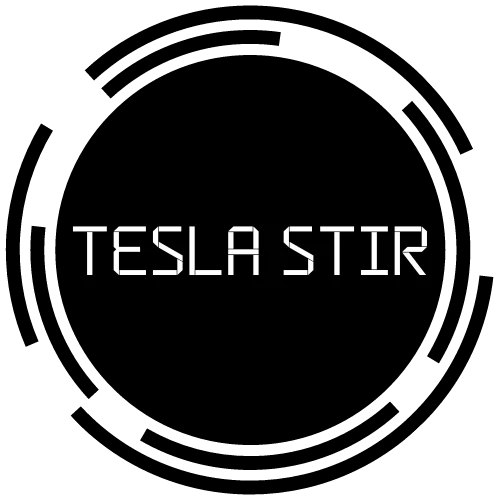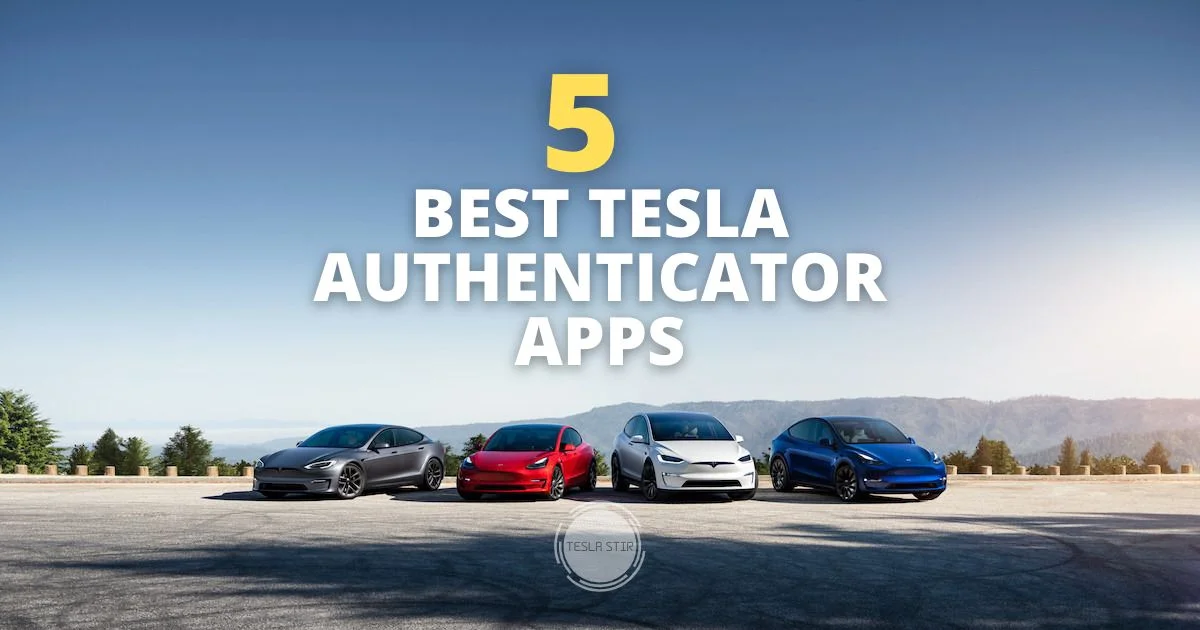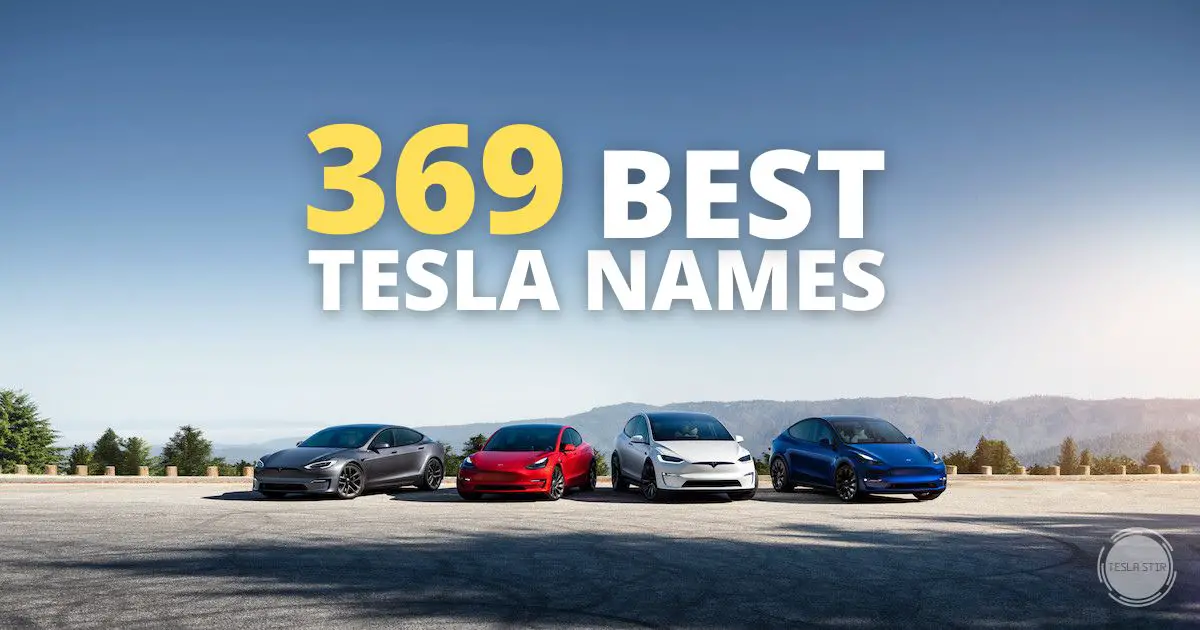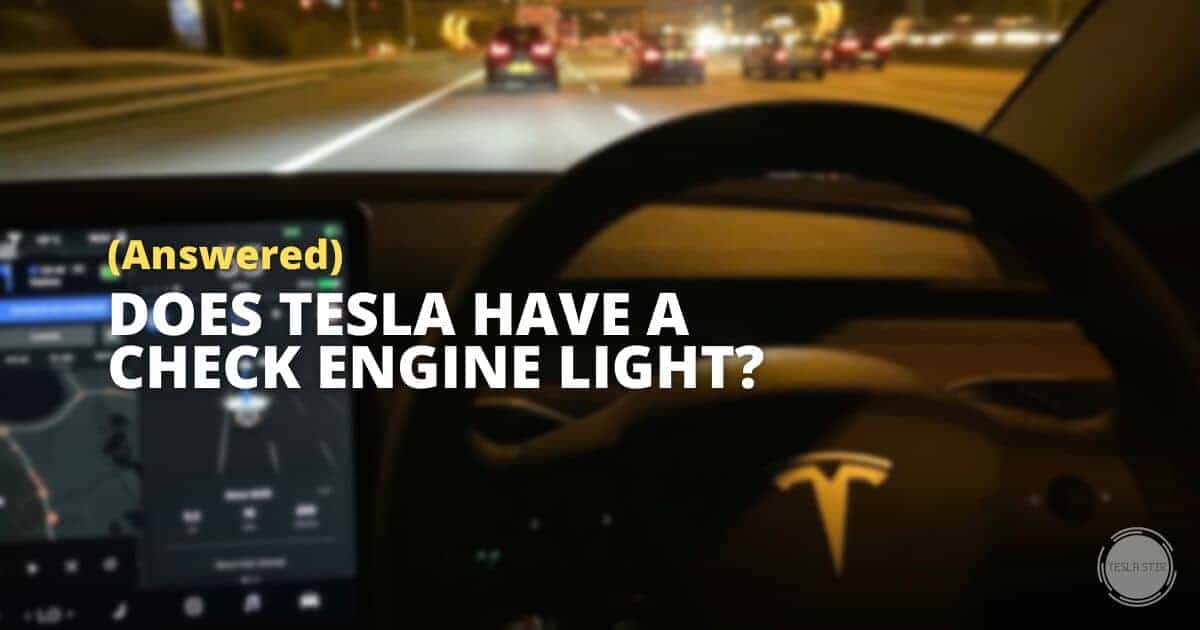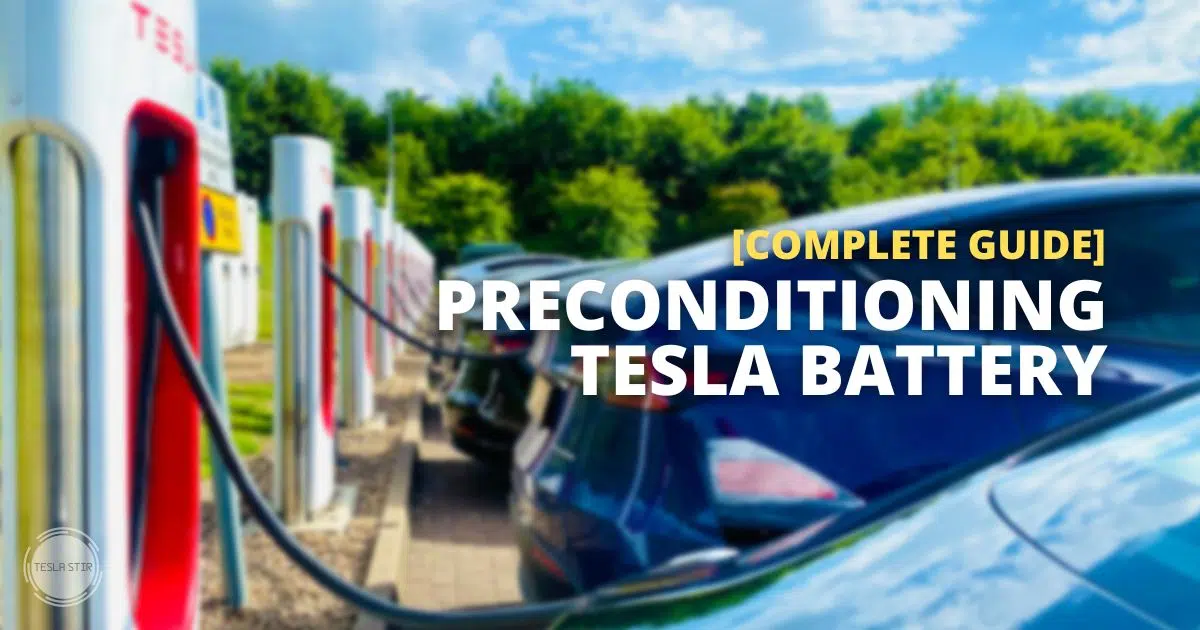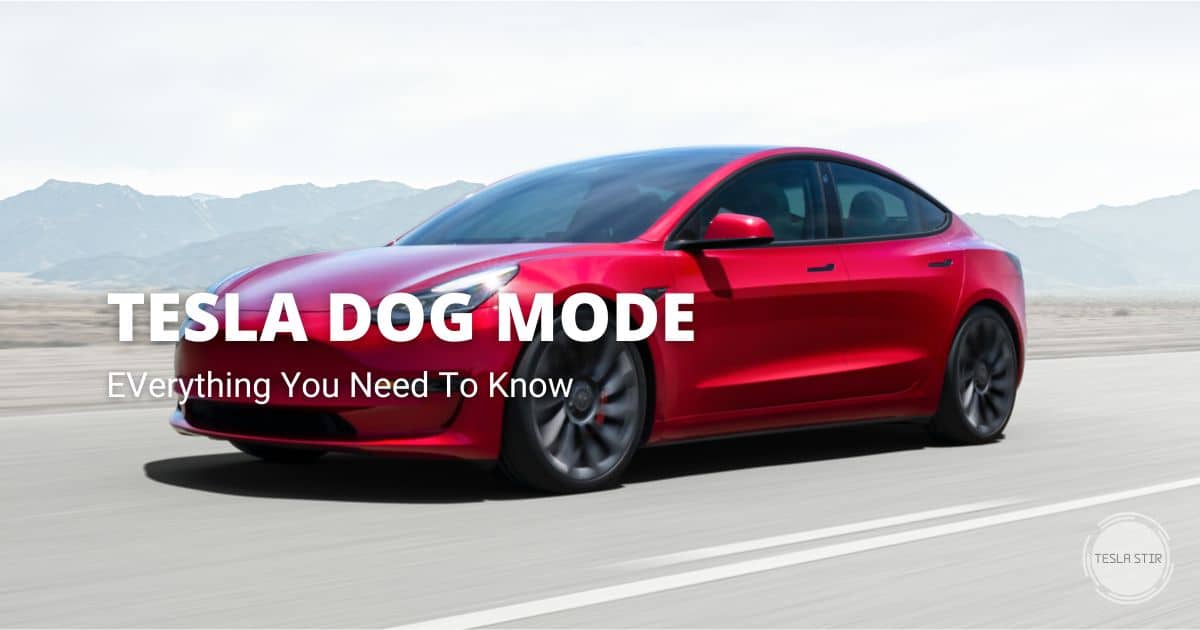Why Do Tesla Roofs Turn Orange: Mystery Unveiled
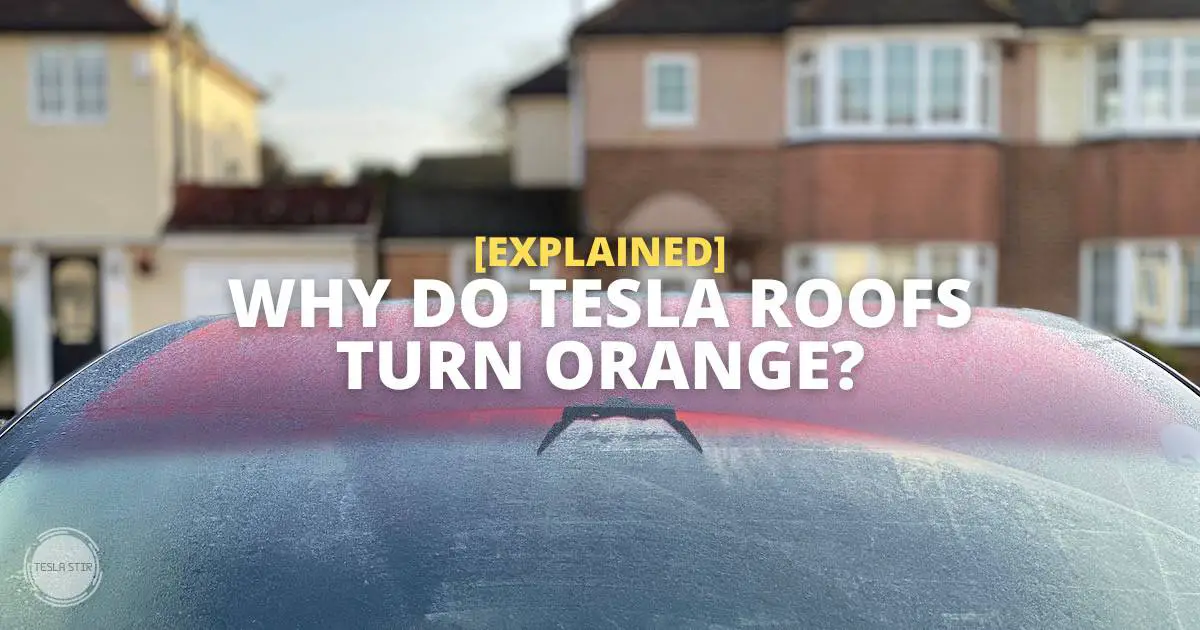
Curious about the science behind the orange tint on the Tesla roofs? Keep reading.
Have you ever observed the orange-red colour tint that the Tesla roof sometimes displays and wondered why it occurs?
The science behind this phenomenon is fascinating.
A while ago, I had my Tesla Model 3 at the Tesla Service and got a Model X as a loaner. The next morning, I woke up to a beautiful vibrant orange colour on the Model X roof and I wondered the reason behind this spectacle.
So why do Tesla roofs turn orange? The orange tint on the Tesla roof comes from a layer within the glass panels designed to reflect certain wavelengths of light, including damaging ultraviolet (UV) rays and other types of radiation that can cause the sun's heat to be trapped inside the car.
When light passes through this coating, it is scattered in different directions, resulting in a beautiful orange-red tint on the glass panels.
In this blog post, we'll delve into the science behind the Tesla orange roof and explain why it's because of a feature and is not a flaw.
Let’s look at it in detail!
Why Tesla Roofs Turn Orange?
The answer to why Tesla roofs turn orange lies in the unique properties of the glass used, which features a UV/IR reflective coating built into the glass panel that interacts with water and light in a specific way.
When water sits on the glass roof, it causes light to refract in such a way that makes the inner layer of the UV/IR reflective coating more visible. This results in the distinctive orange colour observed under wet conditions.
The effect can look different depending on the angle and intensity of the light, as well as the specific characteristics of the condensation present on the roof. As such, the appearance of an orange-tinted roof might not always be consistent; it might appear red, golden or orange from different angles.
This UV-reflective layer helps in reducing the greenhouse effect inside your vehicle, diminishing the overall cabin heat. As a result, the air conditioning system does not need to work as hard to maintain a comfortable temperature, leading to better energy efficiency and an extended driving range for your electric car.
This orange-red-golden roof tint phenomenon can be observed on multiple Tesla models, including the Model 3 and the Model X manufactured before mid-July 2018.
So, the next time you see a Tesla roof with an orange tint, remember that it's not a defect or malfunction, but rather a result of the science behind the protective layer.
There are various factors at play here. Let's take a quick look at them:
Glass Composition and UV-Reflective Layer
Tesla's glass roof contains an energy-efficient material with multiple layers. It has a key feature that protects you from harmful UV rays of the sun, achieved by adding a layer that reflects UV rays within the glass panels.
This layer is designed to reflect certain wavelengths of light, including UV radiation, which helps keep the interior of your Tesla cool and comfortable by reducing the greenhouse effect generated by sunlight. This UV protection keeps your skin safe and prevents sunburn while you're driving, especially for people with sensitive skin or prolonged exposure to sunlight.
Water and Condensation Effects
Water and condensation play a significant role in the orange Tesla roof effect. This phenomenon is due to the presence of water droplets on the glass roof, which can cause a rust-coloured appearance under certain conditions.
When the glass gets wet, the water on its surface causes light to refract in such a way that makes the inner UV-reflective layer more visible, resulting in the distinctive orange colour you sometimes see.
Does the Glass Roof Turn Orange on All Teslas?
You may have noticed that some Teslas appear to have an orange tint when their sunroofs get wet, whereas others do not. The orange tint on Tesla roofs is not present on all models. This is a normal variation that has been reported by Tesla owners on various forums and depends on when your Tesla was manufactured.
According to a post on the Tesla Motors Club, there was a production change in July 2018 that eliminated the dichroic reflector effect that caused the orange colour when the roof was wet.
Tesla cars produced after mid-July 2018 do not have the orange tint effect on their roofs. So this effect is only applicable to models that have glass roofs with a UV-reflective layer.
Tesla Model 3
Check out the below video from Bjorn showing how the orange roof looks on the Tesla Model 3.
Tesla Model X
Similar to the Model 3, the Model X also boasts a tinted glass roof that takes on an orange hue under certain conditions.
Check out this video showing the effect on a Model X.
Tesla Model Y
While Model Y shares similarities with Model 3 in terms of glass roofs, there is currently no conclusive evidence available that it shares the same orange-tint characteristics.
The reason is: Model Y production started much after July 2018. By then, Tesla had changed its production process to eliminate the orange tint effect.
Why Doesn’t Tesla Use Metallic Layering?
The reason why Tesla does not use metallic layering for its glass roofs is two-fold.
Firstly, the cost of manufacturing and installing a metal roof would be significantly higher than that of a glass roof.
Secondly, metal roofs can block various smart tech features like built-in cellular antennas, GPS signals, and satellite navigation reception. Glass roofs do not interfere with these features and are therefore better suited for Tesla cars.
When Are You Most Likely to Witness the Orange Tesla Roof?
The orange tint is visible only in the presence of moisture or condensation on the roof. When the roof is damp, the water resting on the glass creates a refraction of light that makes the inner layer more noticeable.
The effect is caused by the refraction of light through the droplets of water on the glass, which changes the direction of the rays enough to make the UV-reflective layer look orange.
The best times to observe the orange-red colour effect on Tesla roofs is:
- early morning when there’s dew
- after rain
- after a car wash when you haven’t done the drying bit yet
